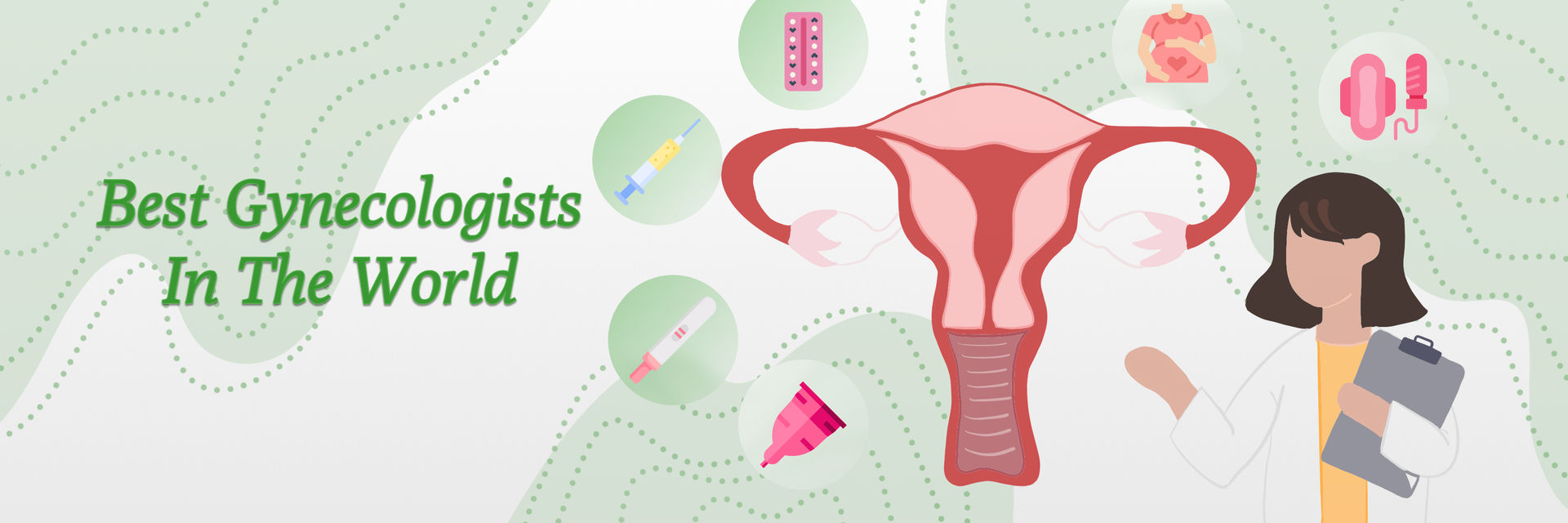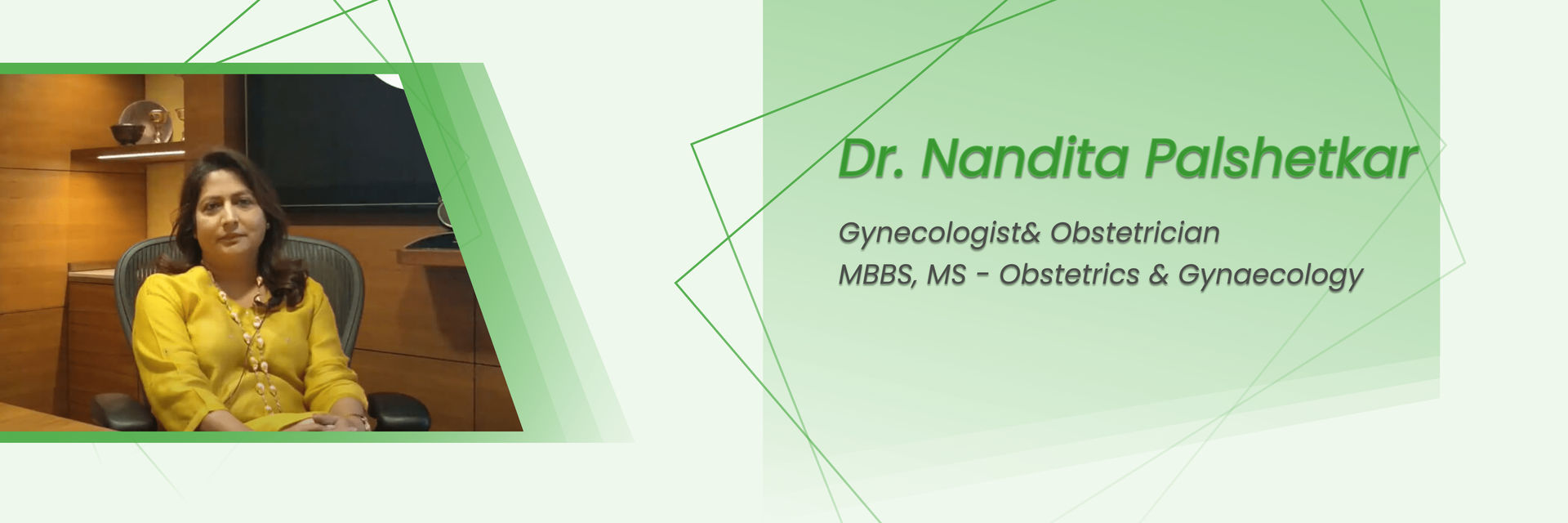Is it normal to experience pelvic pain a decade after a hysterectomy?
The answer is No. Experiencing pelvic pain 10 years after hysterectomy is not normal. Persistent or significant pelvic pain many years after a hysterectomy may indicate a problem. It should be thoroughly evaluated by your medical expert.
Before discussing pelvic pain post-hysterectomy, let's understand what it is and how it affects people.

Pelvic pain refers to any discomfort or pain felt in the lower abdomen and pelvis. It can vary in intensity, ranging from mild to severe, and may be constant or intermittent. Hysterectomy typically involves the removal of your uterus. But it has been associated with potential causes of pelvic pain.
Can the surgical procedure lead to long-term pelvic pain?

Yes! Your hysterectomy itself can lead to long-term pelvic pain in some cases, although it is not a common outcome.
Studies have shown that even though more than 90% of women are satisfied with their hysterectomy, they are dissatisfied with the associated complications like pelvic pain.
There must be many reasons for pelvic pain after hysterectomy. If you are suffering from this condition, read ahead and know your reason now.
Your health is too important to ignore – schedule your appointment now.
Take a look at some of the potential causes of pelvic pain, persisting long after a hysterectomy:
- Pelvic Adhesions: Scar tissue formation in your pelvic area can tighten your pelvic organs, which causes pelvic pain.
- Vaginal Vault Prolapse: Weakness in the vaginal vault or upper area of your vagina may lead to pelvic discomfort.
- Endometriosis: If you had endometriosis before the hysterectomy, it can continue to cause pain if any endometrial tissue remains. It is detected in 20% of the cases.
- Ovarian problems: Your ovaries can develop conditions like ovarian cysts or tumors, leading to pain.
- Chronic Pain Syndromes: You may develop chronic pelvic pain syndrome with nerve involvement.
- Pelvic Floor Dysfunction: Weak or dysfunctional pelvic floor muscles contribute to your pain.
- Nerve Damage: Surgical nerve injury can result in persistent pelvic pain.
- Changes in Pelvic Anatomy: Removing the uterus during your hysterectomy can alter the positioning of your remaining pelvic organs, potentially causing discomfort.
- Gastrointestinal Issues: Conditions like Inflammatory Bowel Syndrome, diverticulitis or constipation may contribute to your pelvic discomfort.
- Psychological Factors: Chronic pain may even have psychological components that contribute to your discomfort.
- Surgical Complications: Complications during or after your hysterectomy, such as infection or injury, can lead to your ongoing pelvic pain.
The risk and severity of your pain can vary depending on the type of hysterectomy, surgical technique, individual health, and any pre-existing conditions.
If you experience long-term pain post-surgery, consult your healthcare provider.
Do gynecological conditions post-hysterectomy cause long-term pelvic pain?
Yes, there are specific gynecological conditions that can develop years after your hysterectomy and cause pelvic pain. Although your uterus is removed during a hysterectomy, some gynecological conditions can persist or develop in the remaining pelvic structures. Let's check ahead.
- Ovarian Cysts: Ovarian cysts can form on your ovaries and cause pelvic pain.
- Ovarian Remnant Syndrome: Sometimes, a small piece of ovarian tissue may be left behind during a hysterectomy. This tissue can develop ovarian cysts or tumors, which may lead to pelvic pain.
- Endometriosis: Your endometriosis can persist even after a hysterectomy and cause pelvic pain. Your endometrial tissue can implant on pelvic organs and continue to respond to hormonal changes.
- Pelvic Inflammatory Disease: Infection of your remaining pelvic organs or tissues can occur, leading to pelvic pain.
- Cuff Granulation: Occasionally, granulation tissue may develop at the site of the vaginal cuff after your hysterectomy, causing discomfort or pain during intercourse.
The risk and severity of these conditions can vary based on the type of hysterectomy (e.g., total, partial) and your individual factors.
Should I be concerned about pelvic pain, or is it a common part of the aging process?
Yes, you should be concerned about your pelvic pain. It should not be dismissed as a common part of the aging process.
Some degree of discomfort or changes in the pelvic area may occur with age. But, persistent or severe pelvic pain is not considered. If you are elderly and suffer from pelvic pain, check your underlying cause for it.
Some of the common causes of pelvic pain in older individuals can include:
- Gynecological Issues: This can include conditions like uterine fibroids, endometriosis, or ovarian cysts.
- Pelvic Organ Prolapse: As you age, your weakened pelvic floor muscles can lead to prolapse of pelvic organs, such as the uterus, bladder, or rectum, which may cause discomfort.
- Musculoskeletal Problems: Arthritis, muscle strain, or joint issues can lead to pelvic pain.
- Urinary or Bowel Problems: Conditions like bladder inflammation, urinary tract infections, or irritable bowel syndrome can cause pelvic pain.
- Cancer: Certain cancers, such as ovarian or uterine cancer, can cause pelvic pain. Also, your age can be a risk factor for some types of cancer.
- Inflammation: Pelvic inflammatory disease may be a cause of your pelvic pain.
- Gastrointestinal Conditions: Constipation, diverticulitis or inflammatory bowel disease can lead to pelvic discomfort.
Take charge of your health and your life. Contact us today!
Immediately consult a healthcare provider if you are experiencing persistent, severe pelvic pain, and associated with other concerning symptoms. Early detection and proper diagnosis combined with effective treatment will improve your quality of life.
What diagnostic tests can help identify the source of pelvic pain in this situation?

Here is a diagnostic overview to identify the source of pelvic pain
Diagnostic Test/Evaluation | Purpose/Description |
| Medical History and Examination | Your medical history will be reviewed. A physical examination will be done. |
| Pelvic Ultrasound | This will provide images of your pelvic organs. Abnormalities if any will be checked. |
| MRI or CT Scan | Detailed pelvic images for problem detection. |
| Laparoscopy | Minimally invasive procedure to directly examine your pelvic organs. |
| Blood Tests | Check for infection, inflammation, or hormonal imbalances. |
| Cystoscopy/Ureteroscopy | Cameras will be used to inspect the bladder or ureters for problems. |
| Colonoscopy | This is done to investigate gastrointestinal issues. |
| Pelvic Floor Assessment | This is a specialized evaluation of your pelvic muscle function. |
| Nerve Blocks | These will help to identify pain originating from specific nerves. |
| Biopsy | Your tissue samples will be tested for cancer or benignity. |
| Urodynamic Testing | This will assess your bladder function for urinary symptoms. |
| Psychological Assessment | Evaluate emotional factors contributing to pain. |
Your doctor will start appropriate treatment after the basic cause of your pelvic pain has been identified.
Worried about the treatment options, we have you covered.
Treatment options for managing pelvic pain after a hysterectomy
Take a look at the various treatment options for managing your pelvic pain after hysterectomy:
- Medications: Over the counter pain relievers and prescribed pain medicines may be recommended to manage your post-operative pain.
- Hormone Replacement Therapy (HRT): This can help regulate your hormone levels and ease symptoms caused by hormonal changes.
- Physical Therapy: It can address your pelvic pain by improving pelvic floor muscle strength, flexibility, and coordination.
- Management of Surgical Complications: If adhesions or scar tissue formation are causing you pain, then surgery may be done to remove it.
- Lifestyle Modifications: Change your sedentary lifestyle to a more active one.
- Dietary Modifications: Some dietary changes, like avoiding certain foods that trigger gastrointestinal symptoms, may help to manage your pelvic pain.
- Exercise: Gentle exercises and stretches can reduce muscle tension in the pelvic area.
- Nerve Blocks: These are injections of local anesthetics or steroids. This may be used to target specific nerves responsible for your pelvic pain.
- Alternative Therapies: Acupuncture, yoga and relaxation therapies may offer relief from pelvic pain in some individuals.
- Underlying Conditions: Evaluate if there is an underlying condition like endometriosis, contributing to the pain. Taking appropriate treatment for that condition may be necessary to alleviate your pain.
- Revision Surgery: This may be done in cases of surgical complications or unresolved issues.
Consult your gynecologist for a personalized treatment plan for your specific needs and symptoms.
Could hormonal changes or menopause be a factor in my post-hysterectomy pelvic pain?
Yes, hormonal changes, particularly those related to menopause, can be a factor in post-hysterectomy pelvic pain.
Hysterectomy with ovary removal causes surgical menopause due to an abrupt drop in hormone levels. This hormonal imbalance can contribute to various symptoms, including pelvic pain.
Here's how hormonal changes and menopause can be related to pelvic pain after a hysterectomy:
- Vaginal Dryness and Atrophy: Vaginal pain after hysterectomy also occur. Decreased estrogen levels can lead to vaginal dryness, thinning of vaginal tissues (vaginal atrophy), and loss of elasticity. These changes can cause discomfort, pain, and even pain during sexual intercourse.
- Hormonal changes can weaken or spasm pelvic floor muscles, causing pain or discomfort.
- Bone Health: Reduced estrogen levels can impact bone density, increasing the risk of conditions like osteoporosis, which might indirectly contribute to musculoskeletal pain.
- Weight Gain: Menopause can cause weight gain in women, leading to more stress on the pelvic area and potentially worsening pelvic pain.
- Menopause symptoms: hot flashes, mood swings, and fatigue affect a woman's well-being and pain perception.
- It's crucial to discuss these potential hormonal factors with your gynecologist if you're experiencing pelvic pain after a hysterectomy. Depending on your specific situation, they may recommend hormone replacement therapy (HRT) to ease some of these symptoms and potentially reduce pelvic pain. However, HRT has its own set of risks and benefits, which should be carefully considered and discussed with your doctor.
How can I relieve or prevent long-term pelvic pain through lifestyle changes and exercises?
Take a look at some of the lifestyle changes and exercises to relieve or prevent your long-term pelvic pain:
- Perform pelvic floor exercises, also called Kegels to strengthen pelvic muscles.
- Practice yoga and stretching exercises to improve flexibility.
- Strengthen your core with exercises like planks and bridges.
- Incorporate pelvic tilt exercises to align the pelvis.
- Maintain a healthy weight to reduce pelvic and lower back stress.
- Correct your posture and use ergonomic setups.
- Avoid prolonged sitting and take regular breaks.
- Consider dietary modifications for gastrointestinal conditions like IBS.
- Manage stress through deep breathing and meditation.
Take the first step to recovery. Get in touch with us for your treatment.
Consult your physiotherapist to learn more about pelvic floor exercises and other useful exercises and techniques.
Could serious underlying conditions be a factor in post-hysterectomy pelvic pain?
Yes, serious diseases like cancer can contribute to pelvic pain in many ways, depending on the type and stage of cancer, as well as its location within the pelvis.
Take a look at some ways in which cancer can lead to pelvic pain:
- Tumor Growth: Cancerous tumors can grow within the pelvic organs or nearby structures. This can result in localized pelvic pain.
- Invasion of Nearby Organs: Advanced cancer may invade neighboring organs or structures in the pelvis, leading to pain. For example, cervical cancer can invade the bladder or rectum, causing discomfort or pain in them.
- Nerve Compression: Cancerous growths can put pressure on your nerves in the pelvis, causing neuropathic pain. This could be sharp, shooting, or radiating. This can affect your lower back, hips, or thighs.
- Inflammatory Response: Cancer can trigger an inflammatory response in the body. This can cause pain and discomfort. This can also affect the pelvic organs and surrounding tissues.
- Obstruction: The flow of urine or stool may be obstructed by the cancer’s location. This obstruction can cause pain, discomfort, and changes in urinary or bowel habits.
- Metastasis: If cancer spreads to the pelvic region from other parts of the body, it can lead to pelvic pain.
- Chemotherapy and Radiation Therapy: Pelvic pain can also be a side effect of your cancer treatments like chemotherapy and radiation therapy. They can cause inflammation, damage to healthy tissues, or nerve injury in the pelvic area.
- Gastrointestinal Conditions: Issues with the digestive system, such as irritable bowel syndrome (IBS), inflammatory bowel disease (IBD), or constipation, can sometimes manifest as pelvic pain and may be unrelated to the hysterectomy itself.
- Urological Problems: Conditions affecting the urinary system, such as urinary tract infections (UTIs), bladder disorders, or interstitial cystitis, can also cause pelvic pain.
- Musculoskeletal Disorders: Conditions like muscle strains, ligament injuries, or hernias can cause pelvic pain.
It is noteworthy that pelvic pain is a non-specific symptom. This implies that it can be caused by various conditions, not just cancer.
If you notice constant or intense pelvic pain, particularly when accompanied by other symptoms or cancer risk factors, don't hesitate to immediately reach out to your doctor.
References:
https://obgyn.onlinelibrary.wiley.com/






